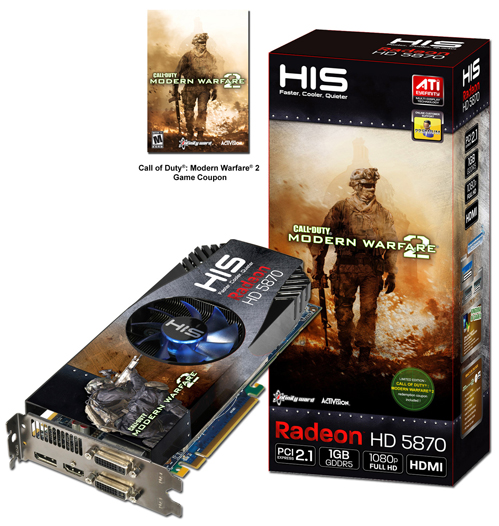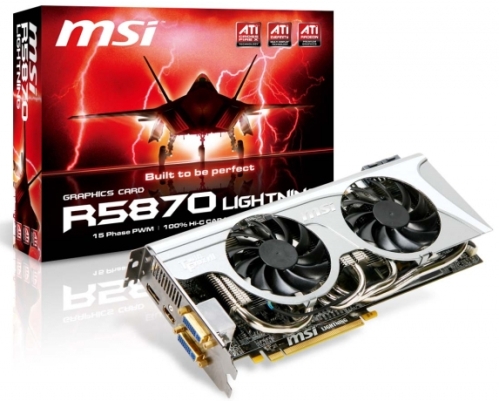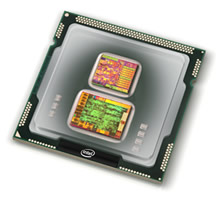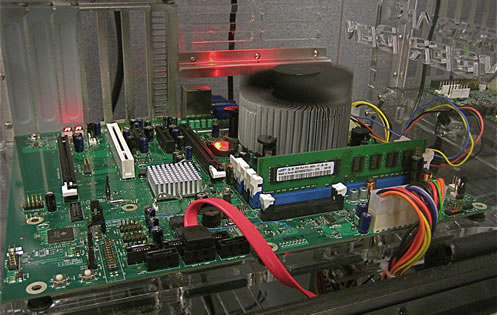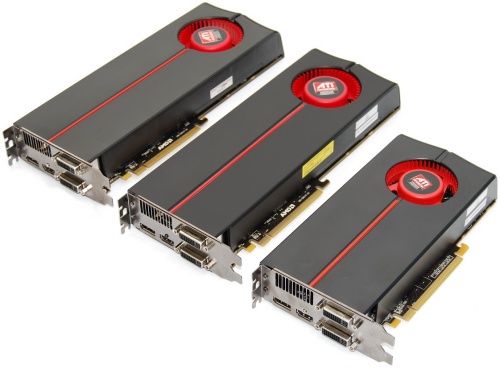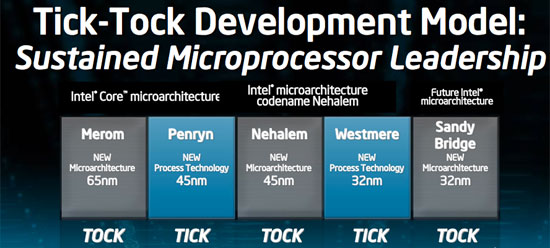With the exception of support for some new instructions dubbed AES-NI (Advanced Encryption Standard New Instructions), which accelerate AES encryption and decryption algorithms in hardware, everything else remains the same as Bloomfield. This means a triple channel controller supporting DDR3 memory at up to 1066MHz (although it will easily run higher speeds), and the QPI link running at a full 6.4GT/s.
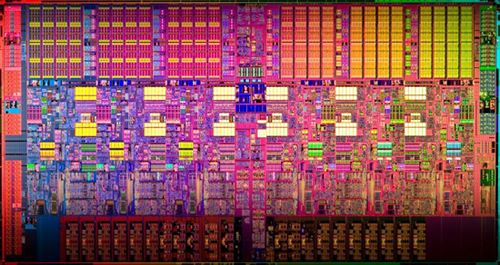
Despite offering 50% more cores and 50% more cache than previous generation Bloomfield processors, the new Core i7 980X maintains the same 130W power envelope thanks to the newer 32nm process. It also shares the same LGA-1366 socket, so the chip will be fully compatible with existing X58 motherboards after a BIOS update.
The Core i7 980X will essentially replace the 45nm Core i7 975 Extreme Edition as Intel's new flagship. While the latter will still be available, the new six-core processor will be offered at the same $999 price point, making it quite simply the most powerful and advanced desktop processor money can buy. Check out some reviews at AnandTech, PC Perspective, and The Tech Report.
